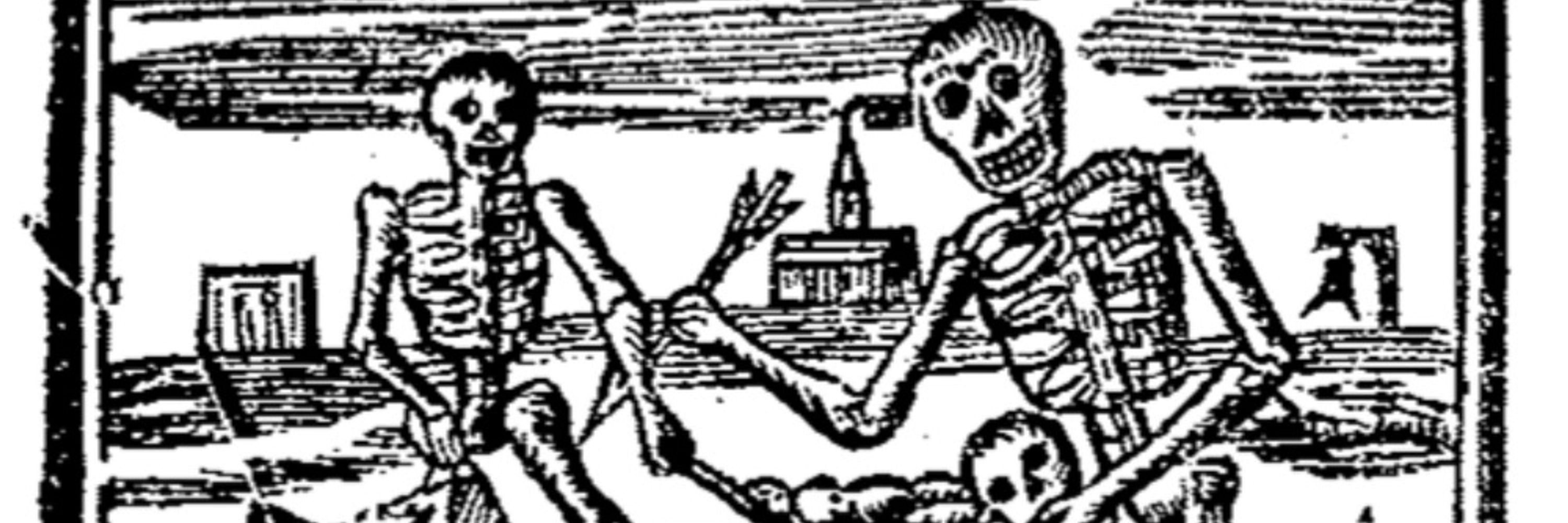Dr Laura Sangha
@lsangha.bsky.social
7.3K followers
610 following
4.1K posts
Associate Prof at Exeter Uni | English history 1480-1700 | CI: Material Culture in English Wills | reformation | angels & ghosts | she/her | brown-ish | 1st gen
Wills Project: https://sites.exeter.ac.uk/materialcultureofwills/
Blog: manyheadedmonster.com
Posts
Media
Videos
Starter Packs
Pinned
Reposted by Dr Laura Sangha
Reposted by Dr Laura Sangha
Reposted by Dr Laura Sangha
Reposted by Dr Laura Sangha
Reposted by Dr Laura Sangha
Reposted by Dr Laura Sangha













